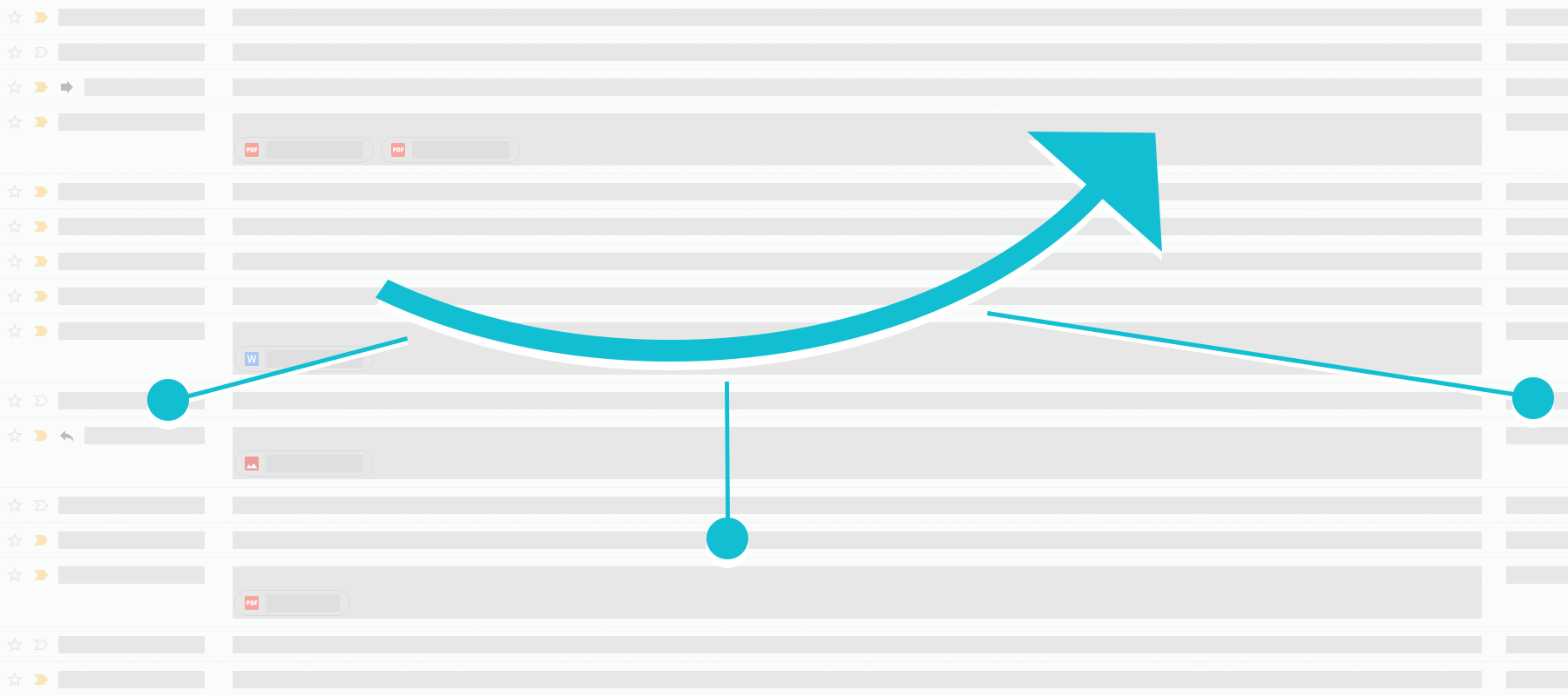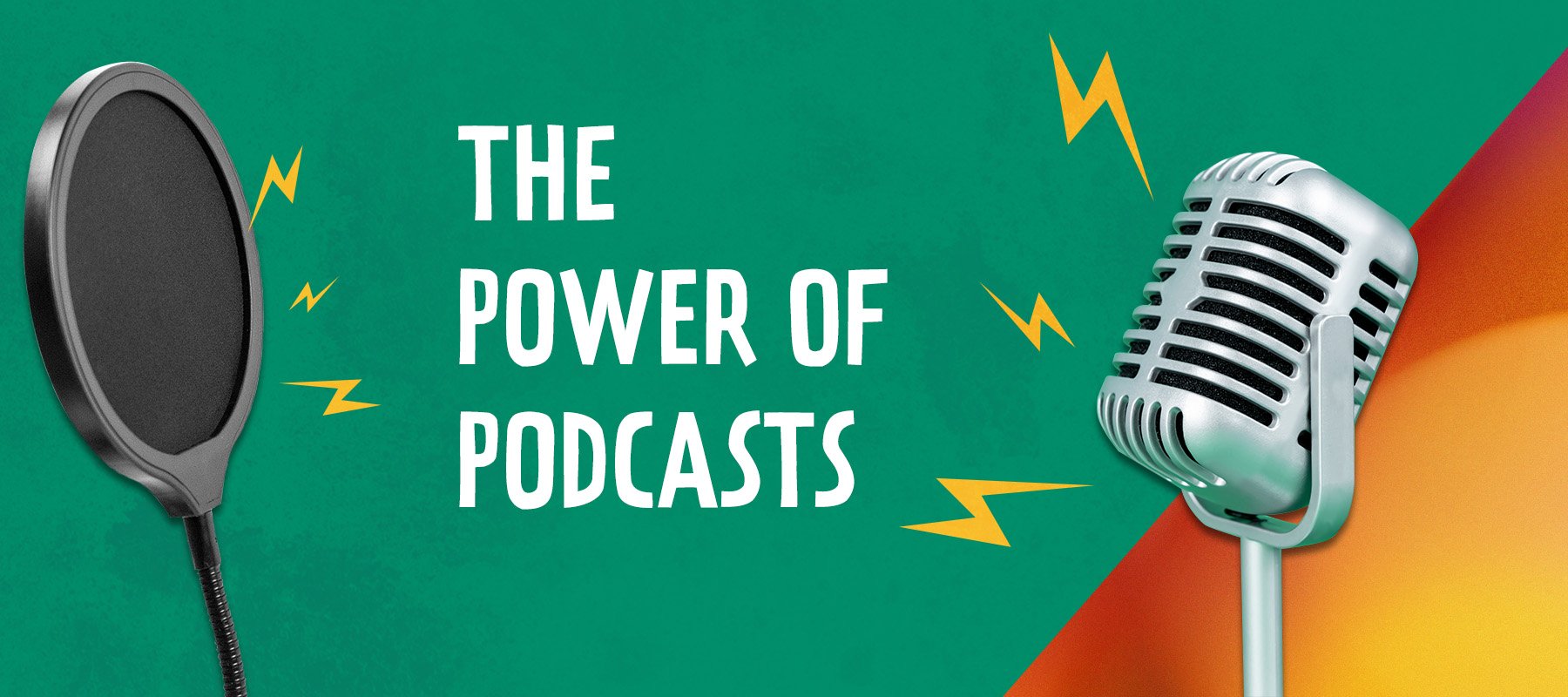Using Segmentation to Improve Sponsorships & Activations
What do you think of when you hear the phrase “diverse sponsorships?”
1 min read
![]() Phillip Dodson
:
Jun 27, 2019 11:36:44 AM
Phillip Dodson
:
Jun 27, 2019 11:36:44 AM

Modern day email, like the modern day World Wide Web, has existed since the mid ’90s, but yet email still remains the de facto direct marketing method for customer engagement. In 2018, email newsletters globally had a whopping 20.92% open rate and a 3.07% click-through rate (CTR) compared to social media’s 2.39% average CTR and digital banner display ads’ 0.05% CTR. Even though the reasons for the higher CTR vary by industry and context, it can’t be ignored that email marketing is still the king of audience reach and engagement.
Because of the high engagement, companies fight for inbox attention. According to Statista, in 2019 there are an estimated 293 billion emails sent daily. That’s a lot of competition for the attention of your readers! Here are some tips on best practices for newsletter marketing campaigns and further enhancing your brand messaging.
Visitors must be able to find your newsletter link or form. This seems obvious, but often the sign-up process is hidden in plain sight. Usability studies show that if a user is looking for something on your website that’s not a piece of content, i.e. a newsletter, they will look in the following order: 1) top left of the website by the logo; 2) newsletter link in the main navigation; 3) website footer. Newsletter sign-ups that are in the middle of your website or sidebar (only) can easily be overlooked, as users tend to skim, and not read, a page and will instinctually ignore those areas.
Speaking of skimming, text content should be left-aligned (or right-aligned if the language is right-to-left) as that will create a clean visual edge that’s easier to skim. Centered text creates jagged edges on both sides of the copy, forcing the reader’s eyes to jump all over. If text is hard to skim, it will be skipped. An exception could be headlines that have few words and a large size and/or color contrast between them and the body copy.
Make sure to use the name of your company in your “From” name. Readers’ inboxes are crowded, and being able to quickly identify the sender is more likely to draw attention to your email than “NOREPLY” or similar. Additionally, consider excluding the word “The” if your company name starts with that, as users will often sort by “From” names when searching, and “The” will make it a bit more difficult for scanning.

What do you think of when you hear the phrase “diverse sponsorships?”

Come June,we can expect to see the usual suspects up in arms about brands engaging in (or even supporting) LGBTQ+ Pride campaigns. Of course, not...

First things first: what is a podcast?